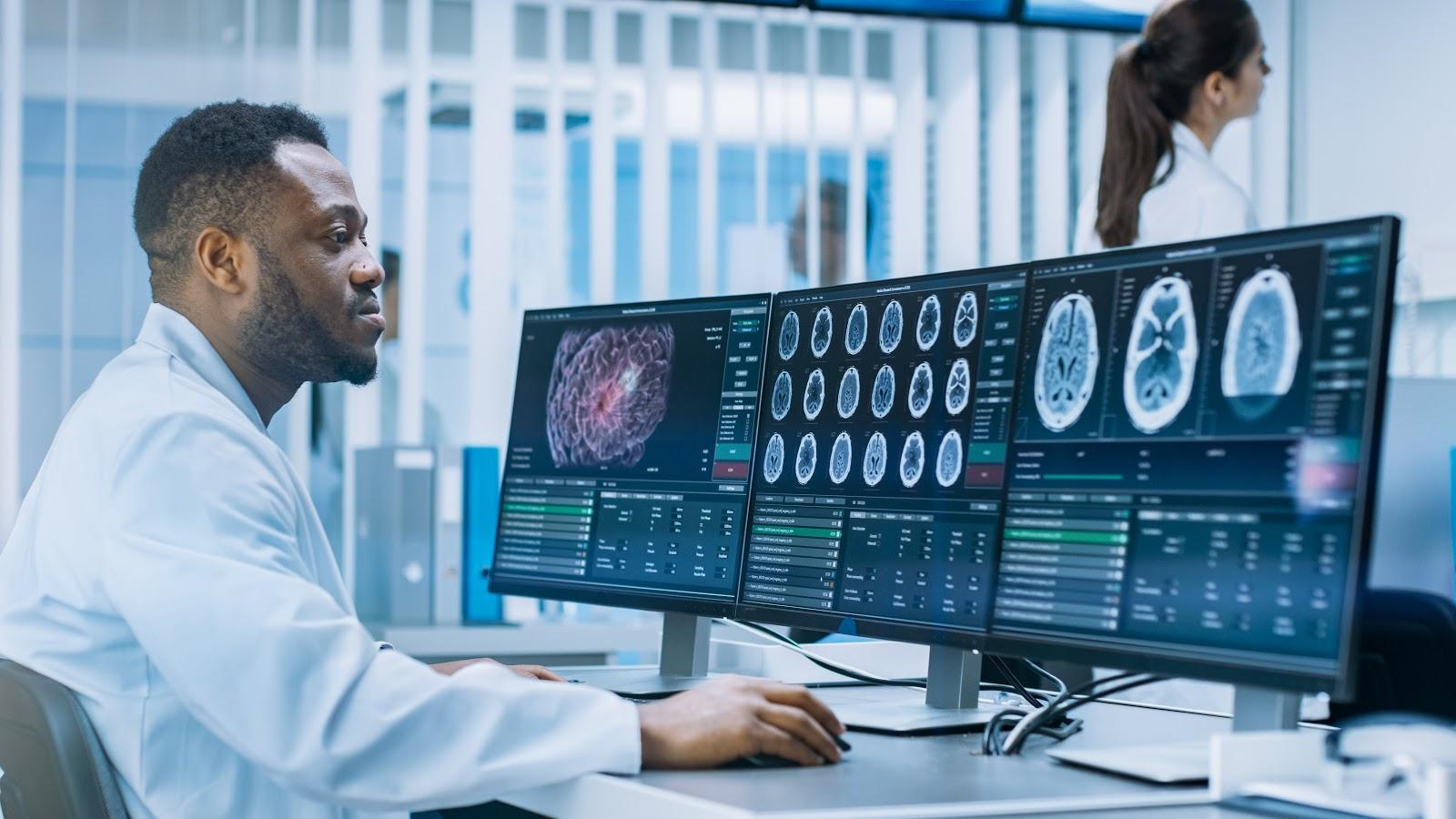Teleradiology, a branch of telemedicine, has revolutionized the field of radiology by enabling the transmission of radiological images for interpretation and diagnosis from one location to another. By leveraging electronic transmission and secure platforms, teleradiology addresses the shortage of radiologists in certain areas, improves access to specialized radiology services, reduces patient wait times, and enhances the overall efficiency of the healthcare system. In this blog, we explore the significant role of teleradiology in healthcare, its driving factors, and the advancements shaping its growth.
Enhancing Access to Radiology Expertise:
One of the primary advantages of teleradiology is its ability to connect healthcare providers and patients with radiology experts remotely. This helps overcome geographical barriers and ensures that individuals in underserved areas can access high-quality radiology services. The 24/7 coverage offered by teleradiology allows for rapid diagnosis in emergency situations, even during off-hours, saving critical time and potentially improving patient outcomes.
Rising Prevalence of Chronic Medical Disorders:
The increasing incidence of chronic medical disorders, including cancer, cardiovascular diseases, lung diseases, and autoimmune conditions, has fueled the demand for radiology services. Teleradiology plays a vital role in diagnosing and monitoring these conditions by facilitating the interpretation of radiological images such as PET, CT, MRI, X-ray, and ultrasound. The aging population, with its higher susceptibility to these diseases, further contributes to the growing need for teleradiology services.
Advancements in Healthcare Information Technology (HCIT):
Efficient image examination and transmission: Teleradiology enables healthcare providers to efficiently examine radiological images by leveraging cost-effective technologies. Digital imaging technology allows medical images to be captured, stored, and transmitted electronically, reducing the need for physical film and enabling faster image interpretation.
Secure transmission of images: With the use of secure networks and protocols, healthcare providers can transmit radiological images securely for remote interpretation. Measures such as encryption and authentication help protect patient data and ensure compliance with privacy regulations.
Government support: Governments worldwide recognize the benefits of teleradiology, particularly in underserved areas with limited access to radiology specialists. To promote its development and implementation, governments are taking measures to improve infrastructure and network security, as well as ensuring high-speed internet access. These initiatives aim to facilitate the seamless transmission of medical images and data for accurate and timely diagnoses.
Improved access to radiology expertise: Teleradiology allows healthcare providers to access radiology expertise from remote locations. This is particularly beneficial for areas with a shortage of radiologists or specialized healthcare facilities. Through teleradiology, radiological images can be sent to expert radiologists elsewhere for interpretation, enabling timely diagnosis and treatment planning.
Enhanced collaboration and second opinions: Teleradiology enables healthcare professionals to collaborate and seek second opinions more easily. By securely transmitting images to other specialists or consulting radiologists, healthcare providers can benefit from additional expertise, leading to more accurate diagnoses and improved patient care.
Cost savings and operational efficiency: Teleradiology can offer cost savings by reducing the need for physical film, transportation, and storage of images. It also improves operational efficiency by streamlining the image interpretation process and reducing waiting times for results.
Integration of Advanced Technologies:
The integration of advanced technologies like cloud computing, artificial intelligence (AI), machine learning (ML), virtual reality (VR), and augmented reality (AR) has further revolutionized teleradiology. These technologies assist radiologists in analyzing and interpreting images, facilitating collaboration between multiple experts, and enabling the detection of abnormalities. The storage and processing of large volumes of medical images in a centralized manner enhance scalability and cost-effectiveness. Additionally, mobile applications enable radiologists to access medical images via smartphones, providing convenience and flexibility.
Conclusion:
Teleradiology has emerged as a game-changer in the field of radiology, bringing transformative benefits to healthcare systems worldwide. By leveraging electronic transmission of radiological images and advanced technologies, teleradiology improves access to specialized expertise, reduces patient wait times, and enhances the efficiency of healthcare delivery. The rising prevalence of chronic medical disorders, advancements in HCIT, and the integration of innovative technologies are driving the growth of teleradiology. As this field continues to evolve, we can expect further advancements that will revolutionize radiology services, improving patient care and outcomes in the process.



